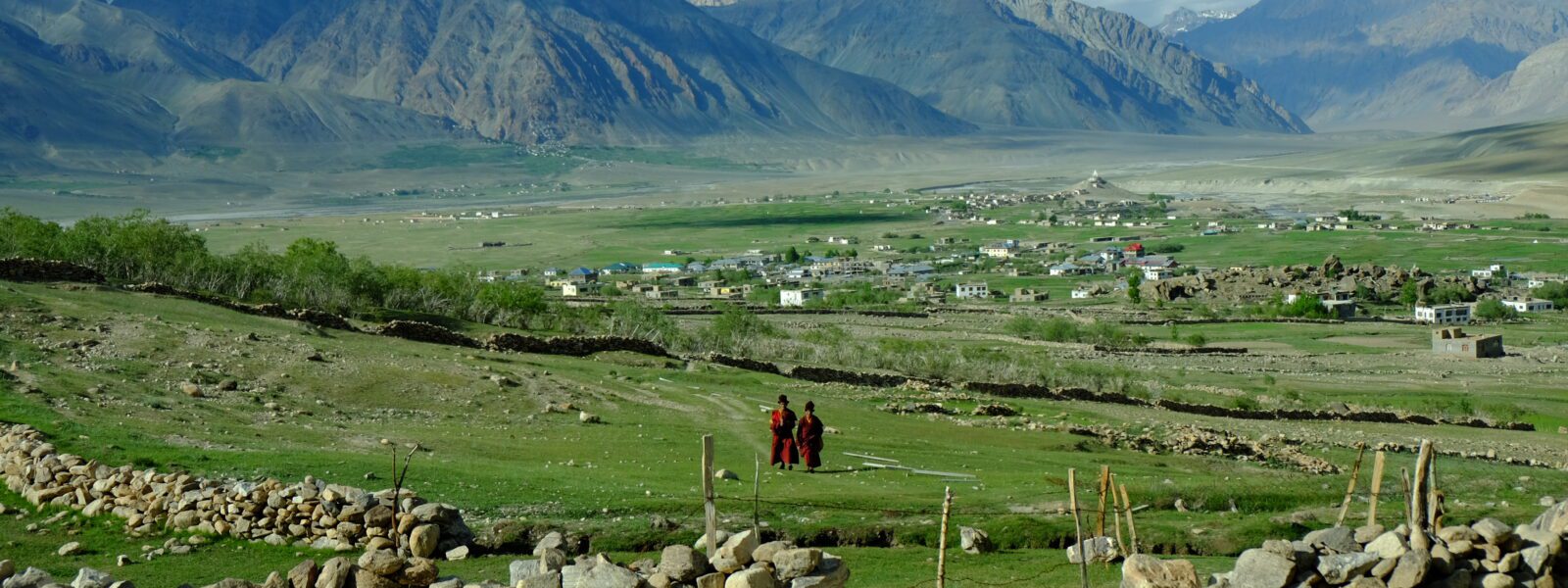Disconnect to Remember — When the World Falls Quiet, the Soul Begins to Speak
By Elena Marlowe
Prelude: The Noise Beneath Our Skin
The Restlessness of Modern Connection
There is a particular hum that lives beneath our skin—an invisible vibration that never stops. It is not the pulse of the body but the tremor of constant connection. Every day, our attention is scattered across countless screens, endless notifications, and the subtle anxiety of being always reachable. In the pursuit of connection, we have become unanchored. The world, once filled with pauses and breath, now flows in uninterrupted motion.
Silence has become rare. Solitude, almost extinct. We measure our existence by the number of messages that demand our attention. The art of stillness, once a natural rhythm, has been reduced to a luxury. Yet beneath this noise lies a deep ache—a longing to return to something quieter, more deliberate, more human. The body remembers what the mind forgets: that silence is not emptiness but fullness in disguise. It is where the human pulse slows down enough for us to hear it.
The Geography of Silence
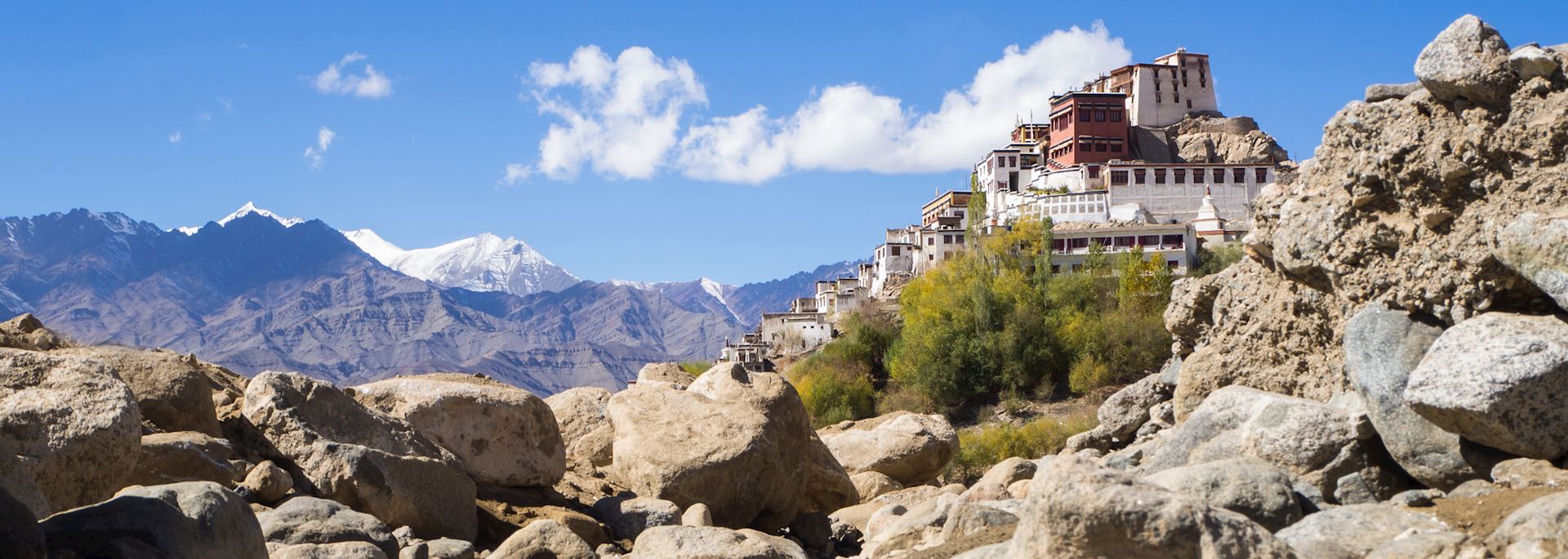
Listening to What Has No Sound
Silence is not the absence of noise; it is the presence of everything we ignore. It stretches between the wind and the breath, between thoughts that have not yet taken form. To step into silence is to enter a landscape without boundaries. There, time loosens its grip. One begins to hear the ticking of one’s own awareness. In this geography of quiet, words dissolve, and perception widens. The digital detox becomes not a rebellion against technology but a return to the body’s native rhythm—a form of remembering what was never truly lost.
Simone Weil once wrote that attention is the purest form of generosity. In silence, that generosity turns inward. The world asks nothing of you, yet gives you everything. The hum of life reveals itself: the whisper of air through leaves, the distant call of unseen creatures, the faint pulse behind your ribs. These are not sounds; they are reminders that we exist not apart from the world, but within its breathing. In this awareness, solitude ceases to be loneliness—it becomes a conversation with everything that is alive.
The Language of Absence
Absence has its own grammar. It teaches through subtraction. When you remove the clutter, what remains begins to speak. We spend our days filling every silence with content, afraid that stillness will expose us. Yet, when the world falls silent, the truth arrives—slowly, like light across an empty field. In that openness, thoughts begin to align themselves with the quiet logic of nature. Heidegger called this “dwelling poetically”—to inhabit the world not as a consumer of moments, but as a listener to their unfolding.
The language of absence is fluent in pauses. It tells us that to disconnect is not to retreat but to recover; to reclaim attention from the endless noise of the world. The more we erase, the more we can feel. The quiet room, the moment before speech, the gap between breaths—each holds a secret symmetry. Silence, it turns out, is not an interruption of life. It is its foundation.
The Solitude Within
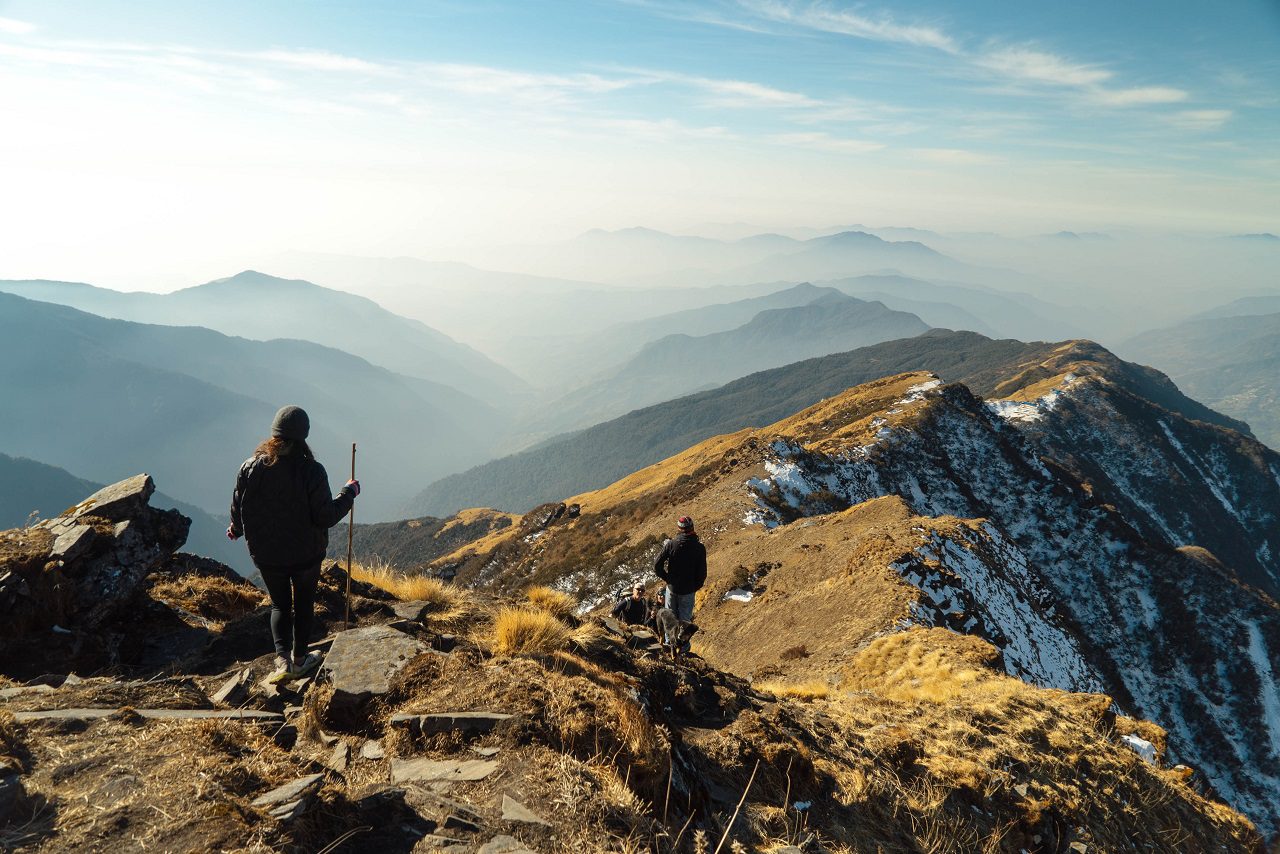
Learning to Be Alone Without Being Lonely
In solitude, we encounter the most complex geography of all: the self. The fear of being alone often masks the fear of meeting ourselves without distraction. Yet, it is only in solitude that we become whole again. Thoreau sought his solitude in the woods, but solitude is not bound to place—it is a posture of being. To be alone without loneliness is to belong to oneself. It is not escape; it is return.
Rainer Maria Rilke once wrote that love consists in two solitudes protecting and greeting each other. The same can be said of silence and the self. When we allow solitude to unfold without resistance, it becomes a bridge, not a wall. The solitude of today is an act of defiance against the erosion of depth. It reminds us that meaning does not multiply with noise. It matures in quiet. The still heart sees farther than the restless one.
The Attention Economy and the Soul
Attention has become a commodity, bought and sold in pixels. We live in what many call an “attention economy,” but it is, in truth, an attention famine. What was once sacred—our capacity to witness—has been monetized into a currency of distraction. Simone Weil compared attention to prayer, and perhaps that is what we have lost most profoundly: reverence. When every silence must be filled, reverence disappears.
To disconnect is to practice reverence again. It is to reclaim the inner space where thought is not reaction but contemplation. Byung-Chul Han describes this era as one of exhaustion, where performance replaces presence. To unplug, even for a single day, is to resist this exhaustion. The world begins to expand again when we stop compressing it through constant interaction. Solitude is the act of widening the horizon of perception until the soul can breathe.
The Act of Disconnecting
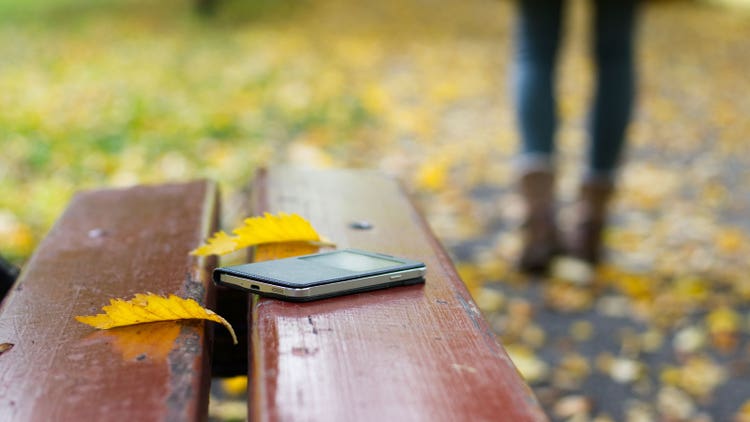
Unplugging as a Form of Pilgrimage
Disconnection, in its truest form, is pilgrimage. Not a movement toward a destination, but a walking away from excess. It begins with the smallest gestures—switching off a device, choosing paper over pixels, stepping outside without music or maps. These are the rituals of modern renunciation. They do not lead us away from the world but toward a deeper form of participation in it. To be unreachable for a time is not to vanish; it is to become fully present where you are.
The journey into quiet is not without discomfort. At first, the silence roars. The mind rebels. The absence of noise feels like a loss. But gradually, like a tide retreating, calm reveals what was hidden beneath. In that stillness, memory awakens. The pulse slows. The body becomes a barometer of truth. Each heartbeat says: you are here, and that is enough. This pilgrimage has no map, no endpoint—only the slow rediscovery of being.
The Body Remembers What the Mind Forgot
To be disconnected is to return to the senses. The skin begins to listen again. The eyes relearn the weight of light. In the absence of digital noise, the body becomes a cathedral of perception. Merleau-Ponty believed that perception is not separate from the body but shaped by it. When we surrender to the tactile world—the warmth of a cup, the rhythm of breath, the smell of earth—we find that consciousness is not confined to the mind. It lives in the fingertips, the lungs, the spaces between.
We live too often in abstraction, in ideas about life rather than life itself. Disconnection is the medicine for this disembodiment. It is the act of remembering what it means to inhabit a body. The mind races toward elsewhere; the body always remains here. Silence is its native language. In listening to it, we come home.
The Human Pulse
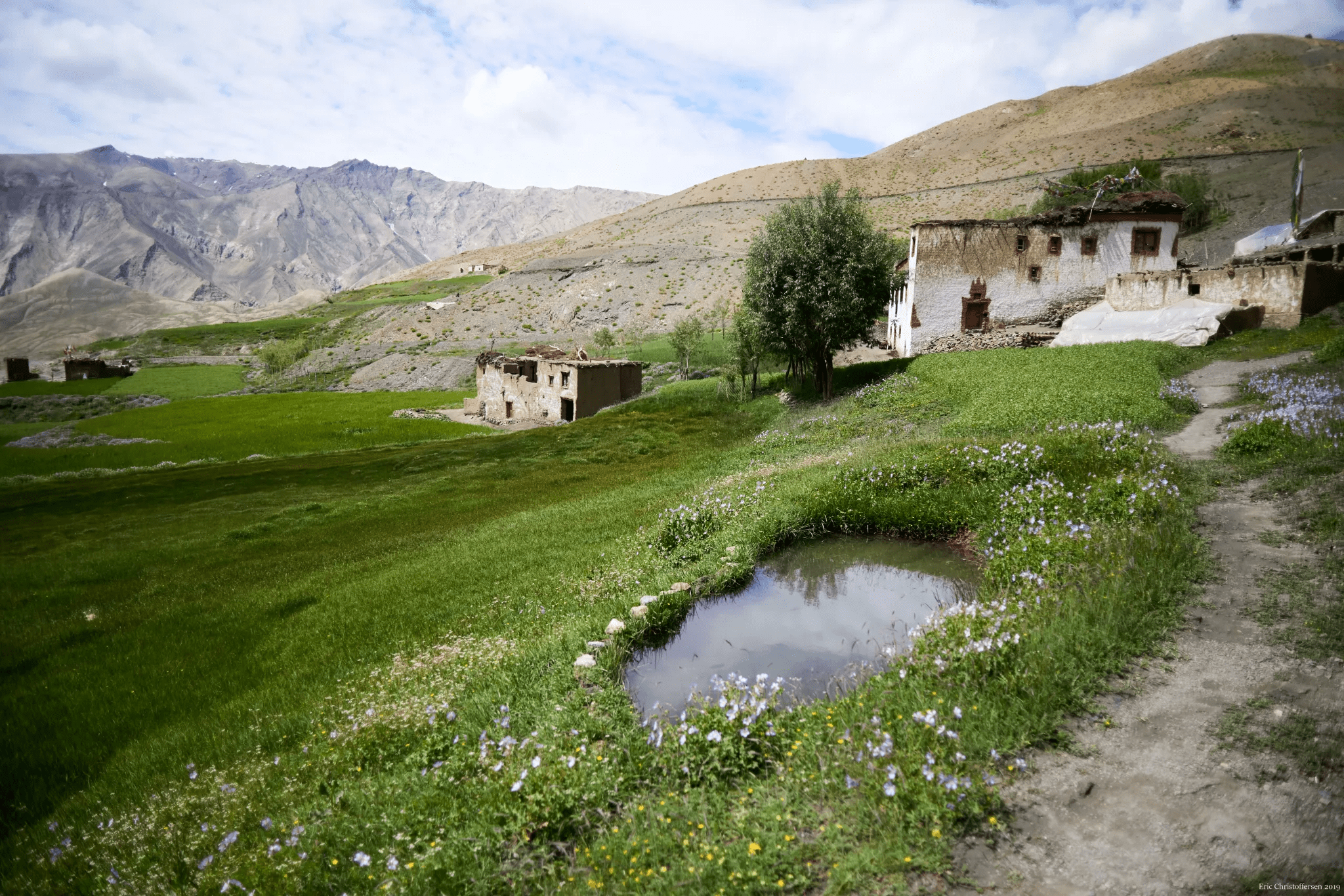
Attention as a Form of Love
To pay attention is to love. The modern world mistakes speed for depth, efficiency for understanding. But attention—true, undivided attention—is the most radical act of care. It cannot be automated, duplicated, or monetized. It exists only in the living moment. The art of stillness begins here, in the quiet devotion of noticing. A cup of tea cooling beside you. A shadow moving across the floor. The sound of your own breathing, steady and alive.
Mary Oliver once asked, “Tell me, what is it you plan to do with your one wild and precious life?” Perhaps the answer is simply: to listen. To listen deeply enough that the world becomes intimate again. In this listening, the heart aligns with the pulse of the earth. Connection returns, but from a deeper place—no longer digital, but human.
Rediscovering the Rhythm of Being
When the noise falls away, rhythm returns. The rhythm of sleep, of breath, of seasons. Life regains its pulse without demand or performance. The slow unfolding of days becomes the music of existence. Silence teaches us that not everything must be said, that not every moment must be shared. To live is to listen, to breathe, to be attentive. The more we slow down, the more the world quickens around us. The trees, the light, the air—all begin to speak the same quiet language.
Stillness is not withdrawal; it is recognition. It is the soul’s way of saying yes to the world without speaking. To disconnect is not to forget—it is to remember, more completely, who we are when nothing is asking for us. And in that remembrance, we find the rhythm that was never truly gone.
Epilogue: The Gift of Absence
Silence is not a void. It is an invitation. In the moments when we step away from the noise, the world grows near again. The stars return. The wind begins to hum. Life, stripped of its static, becomes luminous. To live with awareness is to live with tenderness—to notice the soft hum of being and to let it be enough. We remember, then, that presence is not a performance but a pulse. And in the space between one heartbeat and the next, hope begins to whisper.
“In silence, we do not escape the world; we return to it.”
FAQ
Why is silence important in modern life?
Silence restores our capacity to think, to feel, and to connect. It helps us process experiences without constant interruption, allowing emotional and mental renewal in a world that rarely stops.
How can I practice solitude without feeling lonely?
Solitude becomes nourishing when you see it not as isolation but as intimacy with yourself. Engage in mindful walks, journaling, or simply being present without the need for validation or performance.
What is the link between digital detox and mindfulness?
A digital detox reduces sensory overload, allowing the mind to observe rather than react. This opens space for mindfulness—the awareness of the present moment without distraction or judgment.
Can disconnecting improve creativity?
Yes. When the mind is not constantly reacting to input, it begins to wander, connect ideas, and imagine freely. Many artists and thinkers found their best insights in silence and solitude.
Conclusion
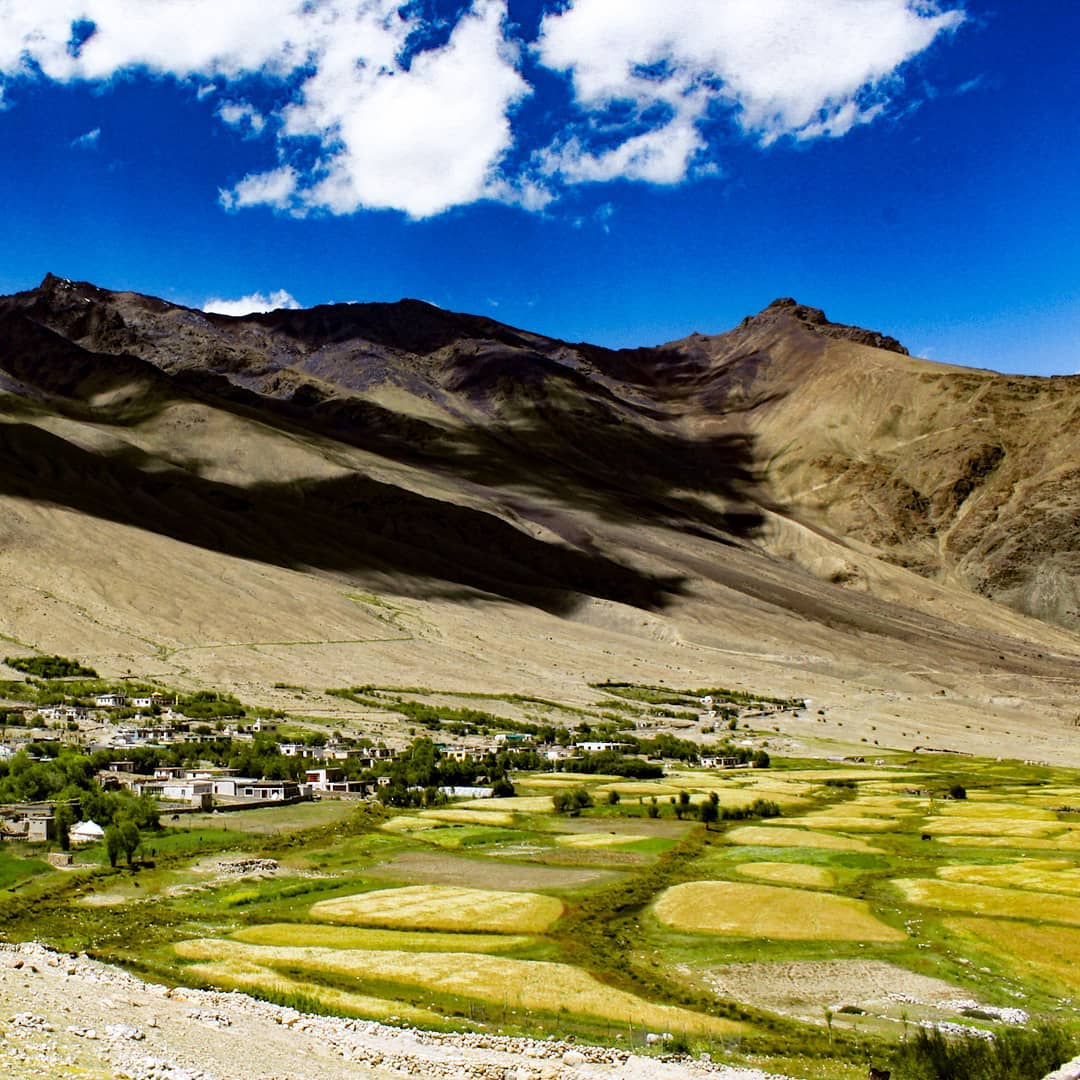
Silence, solitude, and stillness are not relics of another era; they are the foundations of awareness. In remembering how to disconnect, we recover the art of attention—and with it, the pulse of our own humanity. We do not escape the world by turning off the noise; we learn to meet it with open eyes and a quiet heart. In the end, to disconnect is to remember that every act of presence is an act of hope.
In the quiet, life hums again—and we finally begin to listen.
About the Author
Elena Marlowe is an Irish-born writer currently residing in a quiet village near Lake Bled, Slovenia. Her work explores the intimate thresholds between silence and language, solitude and belonging, attention and the everyday miracle of being alive.
Guided by a contemplative practice, she writes at daybreak with a notebook and long walks, favoring pages that breathe over sentences that rush. Her essays trace a clear line from the sensory world—wind, water, shadow—to the inner weather of the mind, inviting readers to slow their reading until meaning arrives like light.
With a background in literature and philosophy, Elena’s columns are known for an elegant, precise cadence and a compassionate gaze. She writes about mindful travel, digital rest, and the human pulse that becomes audible when the world grows quiet. Her pieces have appeared in international magazines and curated journals focused on culture, place, and reflective living.
When not writing, she leads intimate workshops on attention and presence, encouraging others to cultivate pages that listen before they speak. She believes that a well-composed paragraph can be a form of shelter—and that a life arranged around silence can be, quietly, a form of love.
A page that listens will always find the right words.

